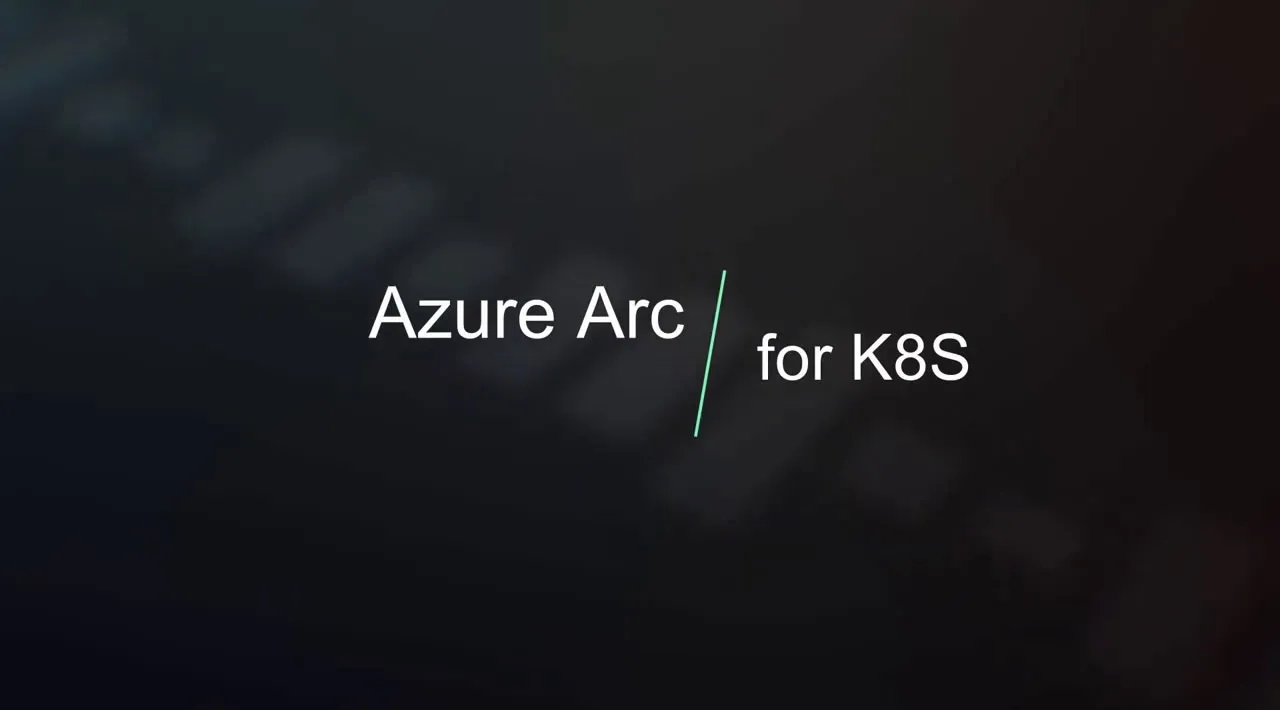This post is the first of a four-part series this week exploring Microsoft Arc, and how it can be used as a control plane to manage services.
Over the last decade, the public cloud has evolved and matured to become the foundation of modern infrastructure. Hyperscale providers such as Amazon Web Services, Microsoft, and Google have built robust control plane and orchestration engines to handle the lifecycle of managed services such as virtual machines, containers, functions databases, Big Data clusters, IoT and edge devices, and more.
One of the key services that hyperscalers offer is a scalable observability stack that can analyze infrastructure metrics, application logs, events, and traces. While the control plane orchestrates the managed services, the observability platforms provide deep insight into the entire stack.
Public cloud providers, including Amazon, Google, and Microsoft, are now extending the control plane and the observability stack to resources provisioned and running outside their respective clouds. This trend enables managing virtual machines, Kubernetes clusters, databases, data warehouses running in the on-premises data center, or even different public cloud environments.
Anthos by Google and Azure Arc are examples of the control planes running the public cloud orchestrating and managing resources deployed in diverse environments. This investment is becoming key to delivering the promise of hybrid cloud and multicloud technologies. For example, a Linux VM deployed in Google Compute Engine (GCE) is managed by Azure. The logs and metrics from the VM are ingested into Azure Monitoring and Log Analytics. Similarly, BigQuery Omni, the multicloud flavor of BigQuery, can be deployed in AWS. Anthos can take control of Azure Kubernetes Clusters (AKS) and deploy workloads to it. All this is possible with the extension of the control plane and observability offerings.
#devops #kubernetes #azure
